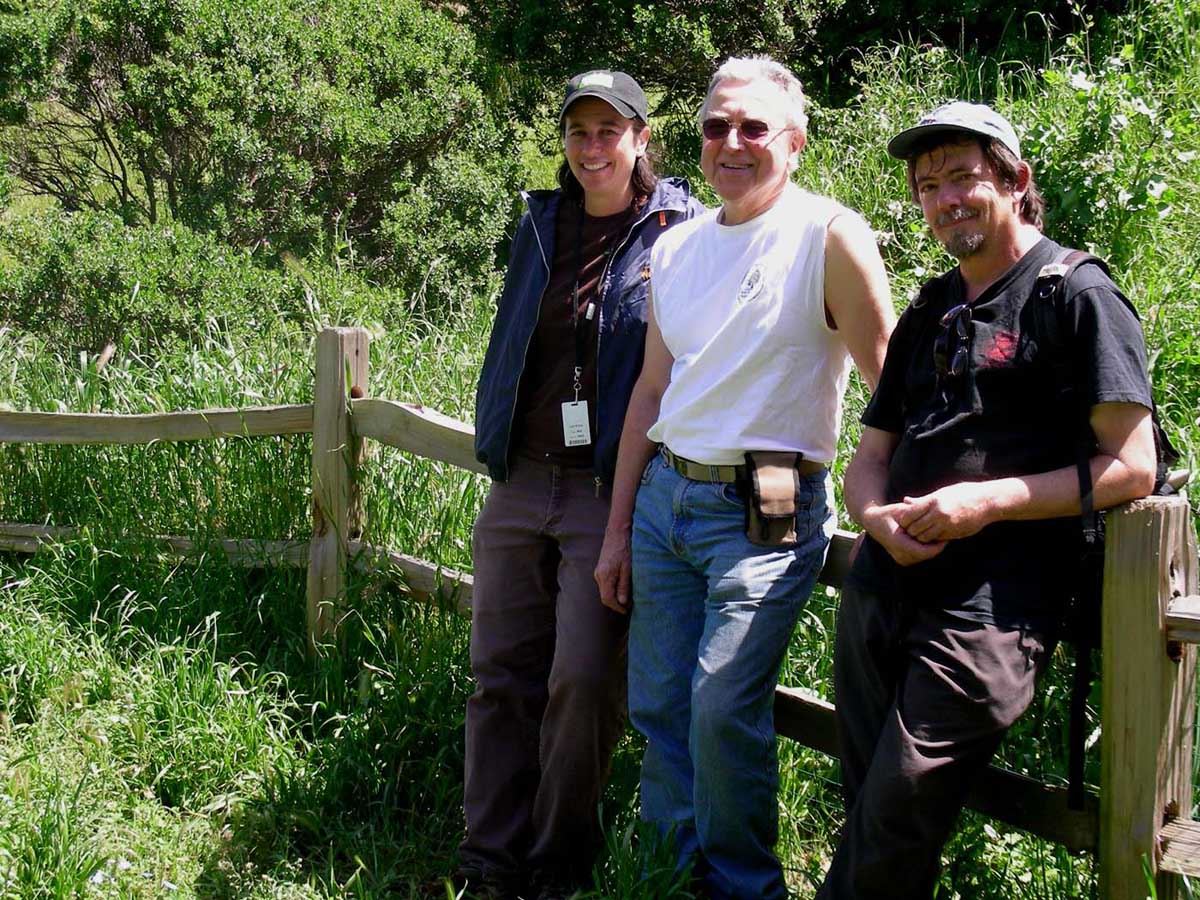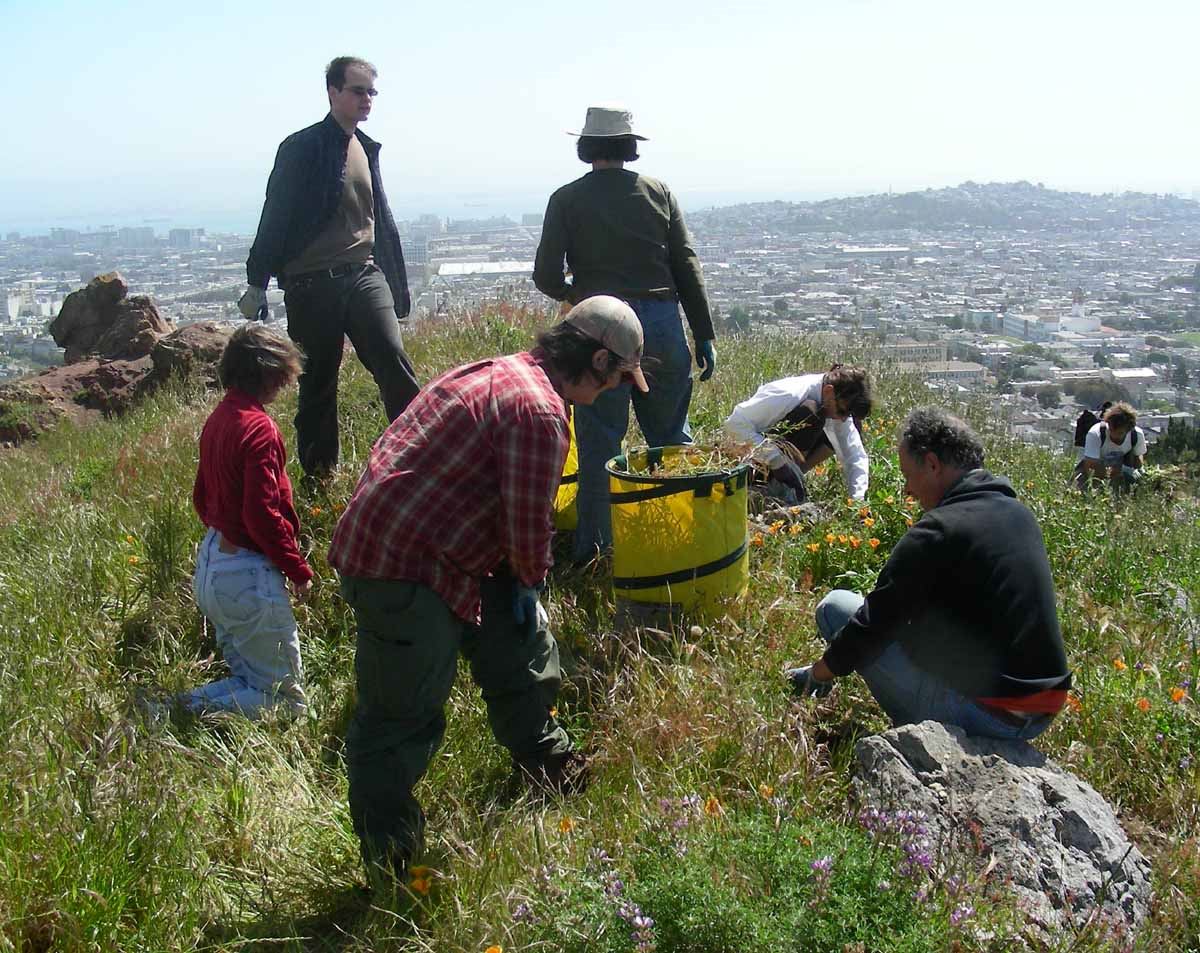
|
Newsletter, Winter 2020 |
|
Meet your 2020 GovCom Team and Prepare to be impressed! The GovCom team shapes the direction of the Rainbow Sierran. Holding monthly meetings they work to secure at least 4 camping trips a year, support hike and event leaders, coordinate our annual picnic and holiday party, keep activities flowing, guide membership engagement, and carry out the mission and objectives of the national Sierra Club. The do all of this on a volunteer basis. Below, we introduce GovCom 2020 via their candidate statements: Chair, Beth Bittle - I love being part of the Rainbow Sierrans as a member and a volunteer because I love to get people out in nature and be in nature myself. I count myself lucky to be a part of this community and to have the opportunity to serve on Govcom again. I’ve been a member and outings leader of the Rainbow Sierrans since 2014. I have previously served on Govcom from 2015-2018. In 2018, I was honored to be recognized with the Dave and Pat Michener Outings Leadership Award. I also am a volunteer with The Bay Chapter for the 2019 and 2020 Nominating Committee and Election Committee. In addition I have been a Sierra Club National outings leader since 2014
Co-Chair, Anita Bowen - The Rainbow Sierrans is a wonderful group of people who do really fun things. What’s not It has been a pleasure serving on GovCom and I would enjoy building on what I have learned so far. Outings Chair, Ann Lehr - Ann has enjoyed camping and backpacking in the High Sierra since childhood, and these experiences instilled in her an early desire to protect and preserve the natural Treasurer, Kat Zumbach - I’ve been a Rainbow Sierran member for over four years. Being a member of this vibrant LGBTQ community has given me so much, from forming new friendships to rekindling my I have served as Treasurer and Webmaster for the last two years and I would be honored to continue this role for another year. If elected, my focus will be to move our payment system to the one recommended by our membership management software and to transition our bookkeeping to QuickBooks online so that the next treasurer will be able to jump right in. Secretary, Paige Brown - I bring 20 plus years of experience working as professional environmentalist. I have In terms of Governance, I have served on the Board of my buildings HOA for over 10 years as President, Secretary and now Treasurer Newsletter, Kim Luce - As I have said many a time during hikes, this organization has significantly improved my life and for that, I'm very grateful! Part of being grateful is giving back when I can. Though not part of GovCom in 2019 I worked on the newsletter and I was able to co-lead some hikes. Now, with some fairly big personal goals almost behind me, I’d like to put more time towards a wider array of Rainbow activities in 2020; continuing with the newsletter, leading several hikes, co-leading a backpacking trip, being part of a team leading a camping trip (maybe two or coordinating backgrounds of them), and giving time to helping with other needs as well. I’ll bring with me willingness and the spirit of jumping in to help and/or figure out the task at hand with grateful heart |
|
Conservation Corner by Russ Hartman edited by Ann Lehr Rainbow Sierrans at Corona Heights Natural Area: 27 Years and Counting
A listing in the December 1993 GLS Outings Calendar recruited volunteers to a native plant restoration project on December 18 at Corona Heights. Just months before that, Tom Celebrezze, working with the California Native Plant Society, had established the Corona Heights Native Grasslands Restoration Project, and he asked GLS Outings Leader Steve Neff to enlist the help of GLS members. Thus began our organization’s longest-running conservation project, now in its 27th year. In 1993, Corona Heights Park was largely overrun with invasive plant species, including wild radish, French broom, and fennel, among many others. A survey of the park, however, had also recorded at least 75 native plant species (the current number is now 100+), some of them clinging tenaciously among the invasives, and the west-facing slope of the park was still an open, scrub grassland, a rare sight in the city. Over the years, volunteers have gradually brought most of the invasive species under control, allowing the native species to flourish, evidenced especially each Spring by increasingly robust blooms of native wildflowers. Indeed, Corona Heights is now one of the best spots for seeing Spring wildflowers in San Francisco. Steve Neff and Phil Hoehn headed up GLS participation at Corona Heights from 1993 until early 1996, joined by volunteers from the surrounding neighborhoods. Although it was always coordinated with the San Francisco Rec and Park Dept, the volunteer workdays were essentially a grassroots effort and participants were encouraged to bring their own tools and gloves.
Steve Neff continued to coordinate GLS participation at the workdays until mid-2003. Also at that time, the SF Rec and Park Dept. created its Natural Areas Program (recently renamed the Natural Resources Division), eventually designating 30 different areas in the city as areas with significant and intact native plant communities. A large portion of Corona Heights was one of those areas. The designation of much of Corona Heights as a “natural area” afforded a much more organized approach to restoring and maintaining the area in its natural state. Both Jim Houillon and Lisel Blash had been volunteering on the workdays almost from the beginning, and they assumed the leadership role for GLS involvement from mid-2003 until early 2005. Then in April, 2005, Jim Houillon became the sole GLS coordinator, and it was under Jim that GLS participation became a monthly conservation project. In 2011, the San Francisco Recreation and Park Commission presented GLS with a Certificate of Appreciation for its many years of volunteering at Corona Heights. Commission President Mark Buell and Recreation and Park General Manager Phil Ginsburg presented the award to Jim Houllion at a Rec and Park Commission meeting in San Francisco City Hall. Restoring a “natural area” in a multi-use park like Corona Heights, while still maintaining popular and long established recreational uses, involves more than just removing non-native plants and replacing them with native species. In 2010, a split rail fence was installed along the main trail that circles around the park’s north side, primarily to keep people and dogs off a steep slope that is very vulnerable to erosion and is home to many sensitive species, particularly Farewell-to-Spring, one of the late-blooming wildflowers. Initial funding for that fence was provided over several years by GLS, and the Rec and Park Dept. eventually extended the fence even further, protecting an area that had been replanted and cutting off access to an eroding “social trail” to the park’s highest point. |
|
Gear Gyrl with Sylvie Hessini Hydration System Basics |
|
|
From the Chairs Hello Lovely Rainbow Sierrans, We just started a new year and a new GovCom. Beth Bittle is our new fearless Chair. She comes with an amazing skillset of leadership, adventure and enthusiasm. For those of you who missed the Channel Island trip last spring that was all Beth’s doing. She has the capability and capacity to take us into a whole new level of adventure. Most of you already know Anita Bowen as Co-chair from last year. She is delighted to be back. We wanted to share with you some of the things we are most excited about in the Rainbow Sierran world. Rainbow Sierran’s continues to be the most active Sierra Club Section in the Bay Area. We are delighted to continue to nurture our vibrant queer community and offer our members a wide variety of outdoor adventures. A huge heartfelt shout out to all the amazing volunteers who make this possible. Our gratitude is immense. As news about the dire condition of the environment makes daily headlines it can be daunting to know what to do. It has long been our goal to incorporate more conservation and activism into our group offerings. With that in mind we are in the process of developing a short survey for our members in order to gain a better understanding of what activities and events are meaningful to you. So keep your eyes peeled for our Save The World Survey coming your way soon. We want to know what you think! We are pleased to share with you some of our successes regarding conservation: A big thank you to Russ Hartman who offers monthly conservation opportunities in SF. Keep a lookout for his Corona Heights restoration work parties. New this year, Pam LoPinto is leading fun monthly tree planting in Oakland. Based on the first event in February she is off to a roaring start. We were 12 people and it was great to work together with Pam’s expert leadership. We planted 6 trees in 3 locations. Beth Bittle’s beach cleanup in February drew a crowd of 24 people! Woot woot! Way to go Beth! We are also very excited about the growing family oriented outings. Supporting our members with children as they raise another generation of passionate nature lovers is our goal. We already have two camping trips scheduled for our community with children and they are filling up fast! Anita and Beth
|

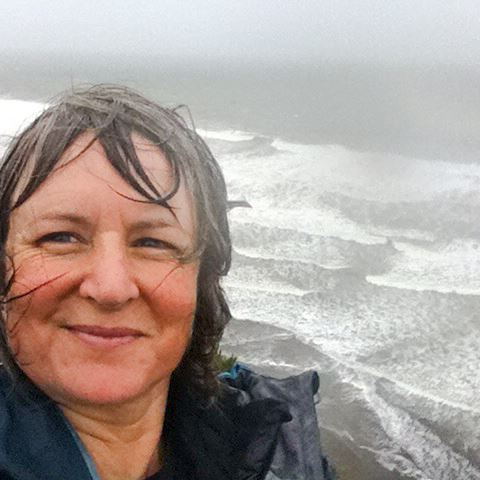 to like? It has been a pleasure serving on GovCom and I would like to continue for another year. Learning the ropes this first year has given me a solid idea of what we might achieve going forward and what our challenges are. I’d like to continue focusing on growing our membership base and offering our members more concrete opportunities to do good for the environment (while having a blast).
to like? It has been a pleasure serving on GovCom and I would like to continue for another year. Learning the ropes this first year has given me a solid idea of what we might achieve going forward and what our challenges are. I’d like to continue focusing on growing our membership base and offering our members more concrete opportunities to do good for the environment (while having a blast).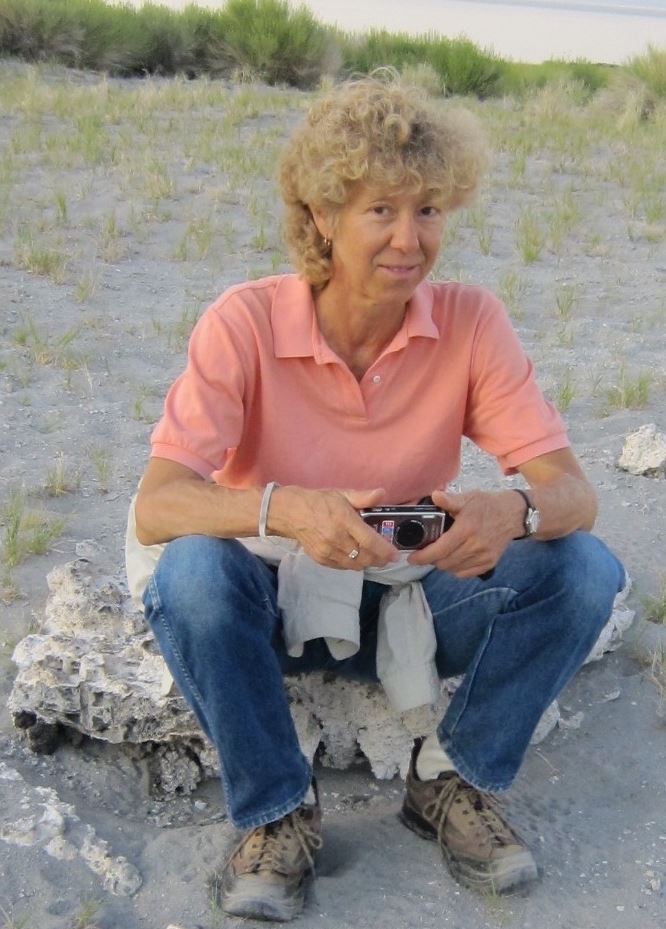 environment. She joined GLS in 1988, and the Sierra Club the following year because she feels that going “out in nature” is one of the best ways to get some exercise in good company while recharging her physical, mental, emotional, and spiritual batteries. She now lives within view of Mt. Diablo - her favorite local place to hike and lead hikes since 2012. As Outings Chair, she will support the outings leaders as they engage our members in a range of outdoor activities.
environment. She joined GLS in 1988, and the Sierra Club the following year because she feels that going “out in nature” is one of the best ways to get some exercise in good company while recharging her physical, mental, emotional, and spiritual batteries. She now lives within view of Mt. Diablo - her favorite local place to hike and lead hikes since 2012. As Outings Chair, she will support the outings leaders as they engage our members in a range of outdoor activities.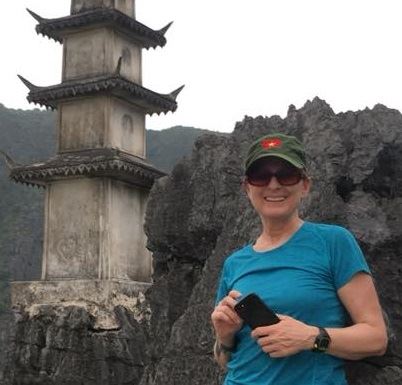 love of the outdoors, whether it’s hiking new trails, camping in new places or quietly enjoying nature.
love of the outdoors, whether it’s hiking new trails, camping in new places or quietly enjoying nature.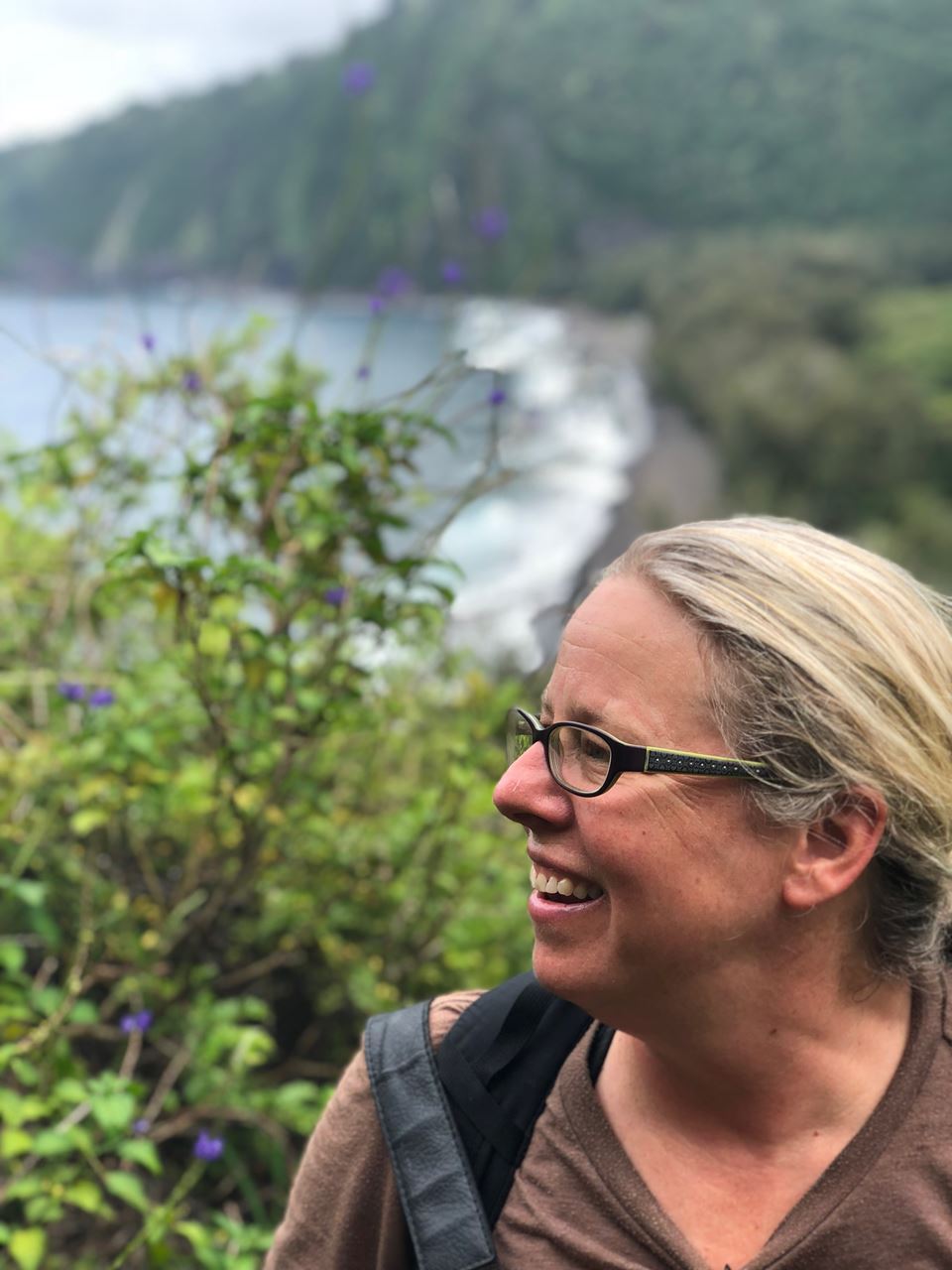 worked at World Resources Institute and Redefining Progress, now at the Climate and Energy Funders Group. I have worked on climate change and forest policy, so I bring knowledge of environmental issues, policies, and advocacy. My current job involves running a network of foundations an holding learning and networking activities, which I think would be helpful to Gov Comm. I also do quite a lot of meeting facilitation in my current position. I can set an agenda, stick to it and keep a group moving to decision.
worked at World Resources Institute and Redefining Progress, now at the Climate and Energy Funders Group. I have worked on climate change and forest policy, so I bring knowledge of environmental issues, policies, and advocacy. My current job involves running a network of foundations an holding learning and networking activities, which I think would be helpful to Gov Comm. I also do quite a lot of meeting facilitation in my current position. I can set an agenda, stick to it and keep a group moving to decision.
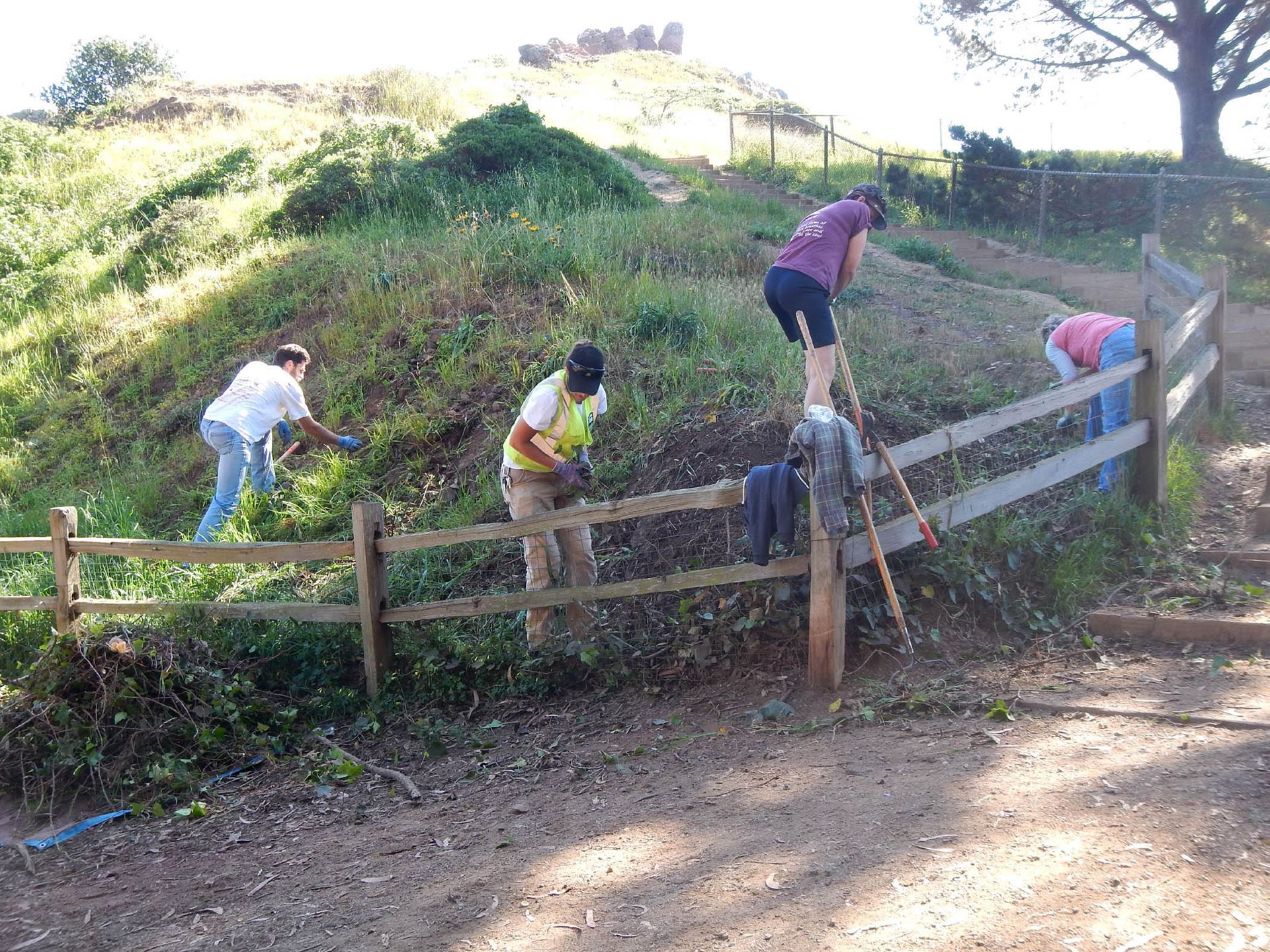 Corona Heights is a prominent hilltop park with views stretching from the Golden Gate Bridge (north), east and south to Visitacion Valley, and across the Bay to Mt. Diablo. Many of you have seen the monthly workdays at Corona Heights listed in our Outings Calendar, but do you know just how long Rainbow Sierrans has been associated with this site and why continued stewardship there, and in other parks, is so important?
Corona Heights is a prominent hilltop park with views stretching from the Golden Gate Bridge (north), east and south to Visitacion Valley, and across the Bay to Mt. Diablo. Many of you have seen the monthly workdays at Corona Heights listed in our Outings Calendar, but do you know just how long Rainbow Sierrans has been associated with this site and why continued stewardship there, and in other parks, is so important?